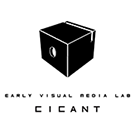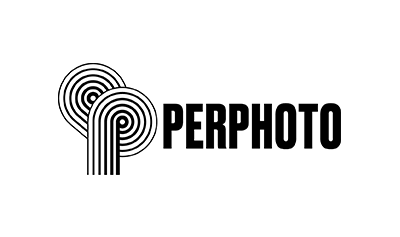‘The World in a Box’: the Global History of the Peepshow [EN]
John Plunkett
As a simple and portable lens-based device, the peepshow was one of the commonest forms of visual entertainment across nineteenth century Europe. Exhibited by a travelling showman who added verbal narrative to the images, the peepshow was used to present stories of all kinds, albeit view of foreign events and landscapes were enduringly popular. This box was one way that 19th c Europeans looked at the broader world, but it would be just as accurate to call it the box that travelled across the world. It was adapted into many diferent performance and narrative traditions. In Persian, it was called the shahre farang [‘European city’], in Arabic, the Sandook El Donya [‘box of wonders’], in pinyin it is la yang pian [‘pulled foreign pictures’], and, in India, it was reinvented through the familiar figure of the bioscopewallah. My paper will elaborate the various global forms of the peepshow as an example of transculturation: it will compare similar accounts of their appeal, design and exhibition, and reflect on the way that the device encourages a rethinking of Eurocentric accounts of 19th C media technologies and the history of immersive media. It will also reflect on shared history of peepshow and stereoscopy, and the methodological problems and opportunities deriving from researching the global history of the peepshow.
Organization


Partners





Campo Grande, 376, 1749 - 024 Lisboa | Tel.: 217 515 500 | Fax: 21 757 7006
Copyright © 2021 COFAC. Todos os direitos reservados. Gestão de conteúdos por Producao Multimédia
